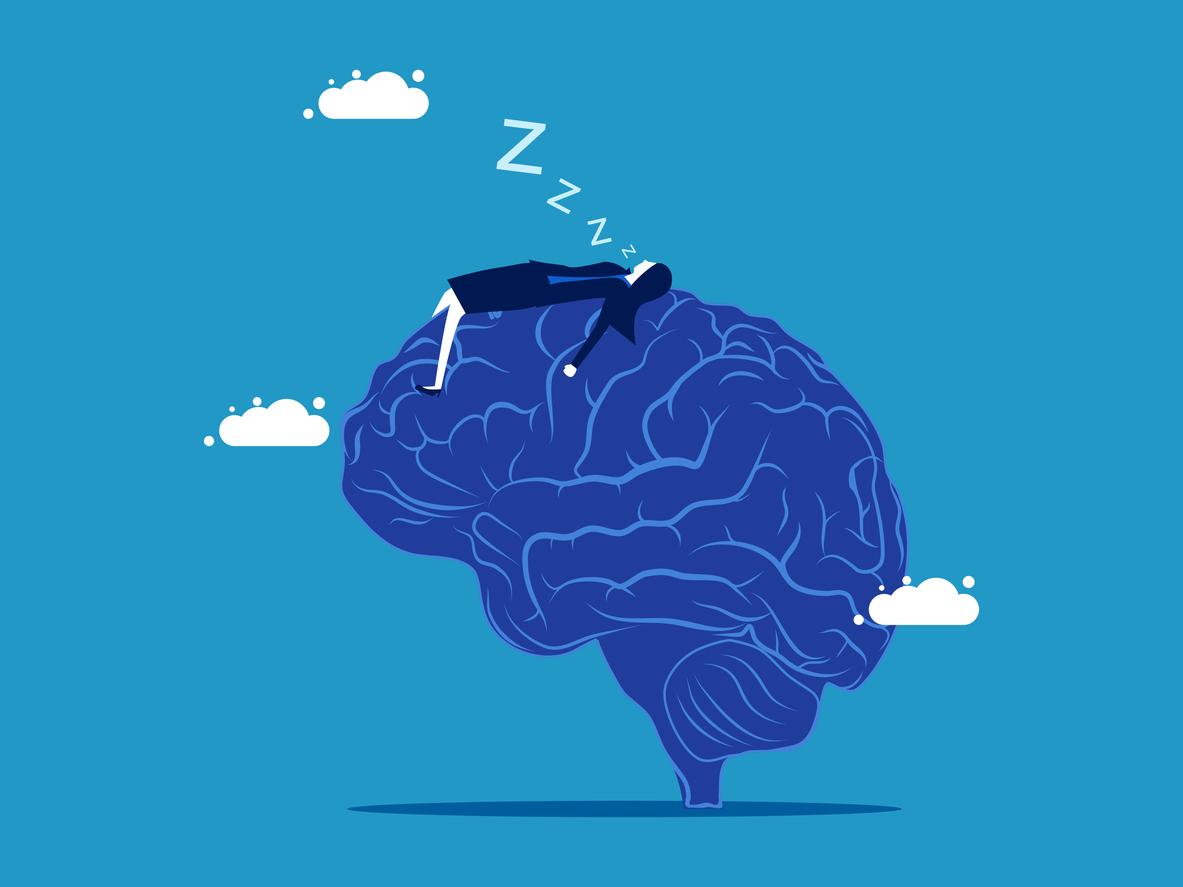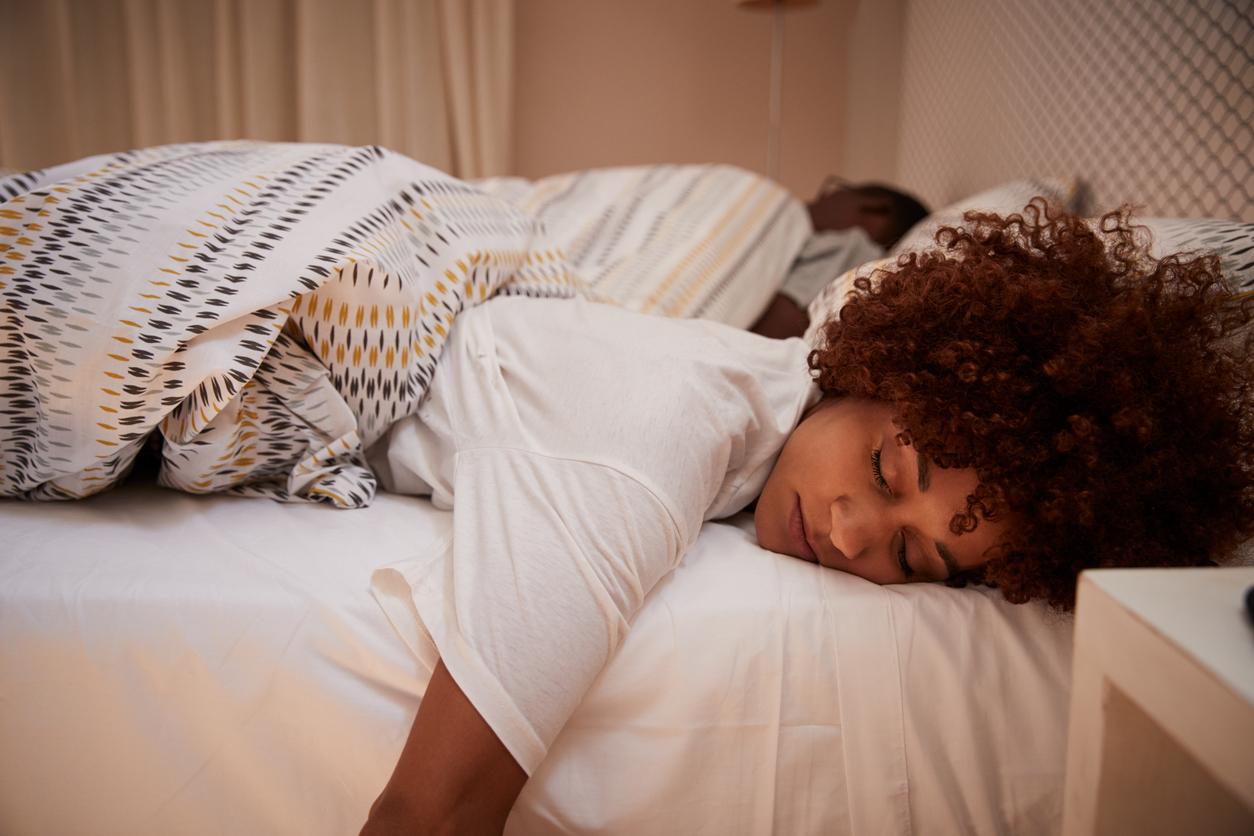With 4% of the French adult population suffering from obstructive sleep apnea-hypopnea syndrome (more commonly known as sleep apnea), this pathology has become a public health issue. Especially since sleep apnea is strongly suspected of increasing diabetes risks and the risk of osteoporosis.
The High Authority for Health (HAS) has therefore just assessed the available medical devices, comparing their effectiveness in the treatment of mild to moderate sleep apnea. The measurement of an apnea and hypopnea index per hour (AHI) to determine whether the syndrome is mild, moderate or severe.
Sleep apnea: two treatment devices
The continuous positive airway pressure (CPAP) is the best known device for the treatment of obstructive sleep apnea. This is a nasal ventilation device that keeps the airways clear during sleep. This device is made available by a service provider at the patient’s home. In 2013, 530,000 patients benefited from a continuous positive airway pressure device in France.
L’mandibular advancement orthosis (OAM) is an alternative treatment. It is a custom-made dental device that keeps the lower jaw in an advanced position during sleep, thus freeing the passage of air through the pharynx. The prescription of this orthosis assumes collaboration between a sleep specialist (diagnosis, treatment, follow-up) and a practitioner with knowledge of both sleep and the manducator apparatus (dental examination, impression taking, adjustments and settings ).
Sleep apnea: what is recommended
After evaluation, the Haute Autorité de santé recommends treating people who present at least three of the following symptoms: daytime sleepiness, severe daily snoring, feeling of suffocation or suffocation during sleep, daytime fatigue, nocturia, morning headaches.
Continuous positive airway pressure is recommended in first intention when the AHI is greater than 30. It is also recommended when the AHI is between 15 and 30 if the person suffers from poor quality sleep (at least 10 micro-arousals per hour of sleep ) or that she suffers from an associated serious cardiovascular disease (resistant arterial hypertension, recurrent atrial fibrillation, severe left ventricular failure or poorly controlled coronary disease, history of stroke). In all these situations, the mandibular orthosis should remain an alternative in case of intolerance to CPAP.
Mandibular orthosis is recommended as first-line treatment when the AHI is between 15 and 30 in the absence of associated serious cardiovascular disease. In this case, the orthosis is indeed more effective than the CPAP device.
In all cases, hygieno-dietetic measures are also recommended, regardless of the severity of the syndrome: lose weight, avoid sleeping pills and alcohol, and quit smoking.
















